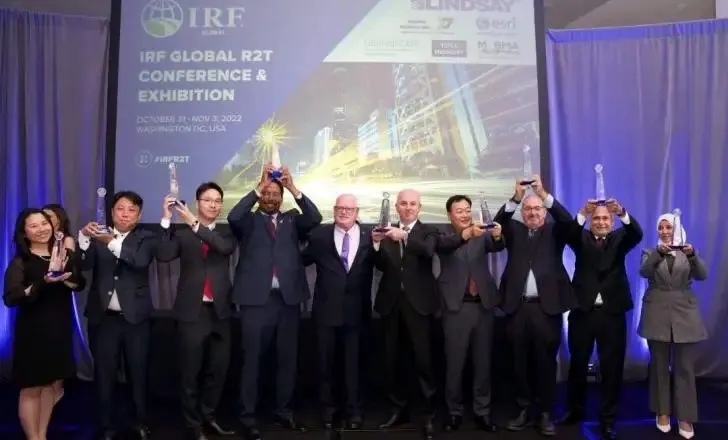The 53 kilometre motorway is a key link in a major transportation corridor linking Scandinavia to Russia. The highway will serve as a model European project through the implementation of a comprehensive environmental protection program and contribute to development of both regional tourism and trade between Finland and Russia.
Procured by the Finnish Transport Agency, the new highway is expected to increase both traffic flow and road users' safety while alleviating the negative impacts borne by neighbouring communities. More than 1,000 fewer people will be subjected to traffic noise, and the noise limit of 55 decibels is not exceeded in residential areas. The project also creates optimal conditions for business expansion in the region and will have a significant impact on direct and indirect job development.
"We're pleased to be involved in the Eagle Motorway. This new gateway to increased safety, business development and job creation, is a great example of successful public private partnering, and all those involved can be particularly proud of delivery ahead of schedule for each phase of this project," stated Thierry Deau, founder and chairman of Meridiam.
Major Scandinavia-Russia motorway inaugurated
Meridiam, the global investor and asset manager specialising in public and community infrastructure, has announced the inauguration of the E18 Eagle Motorway, connecting Koskenkyla to Kotka in Finland. The 53 kilometre motorway is a key link in a major transportation corridor linking Scandinavia to Russia. The highway will serve as a model European project through the implementation of a comprehensive environmental protection program and contribute to development of both regional tourism and trade between F
October 13, 2014
Read time: 2 mins










